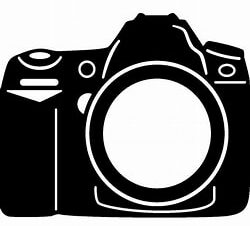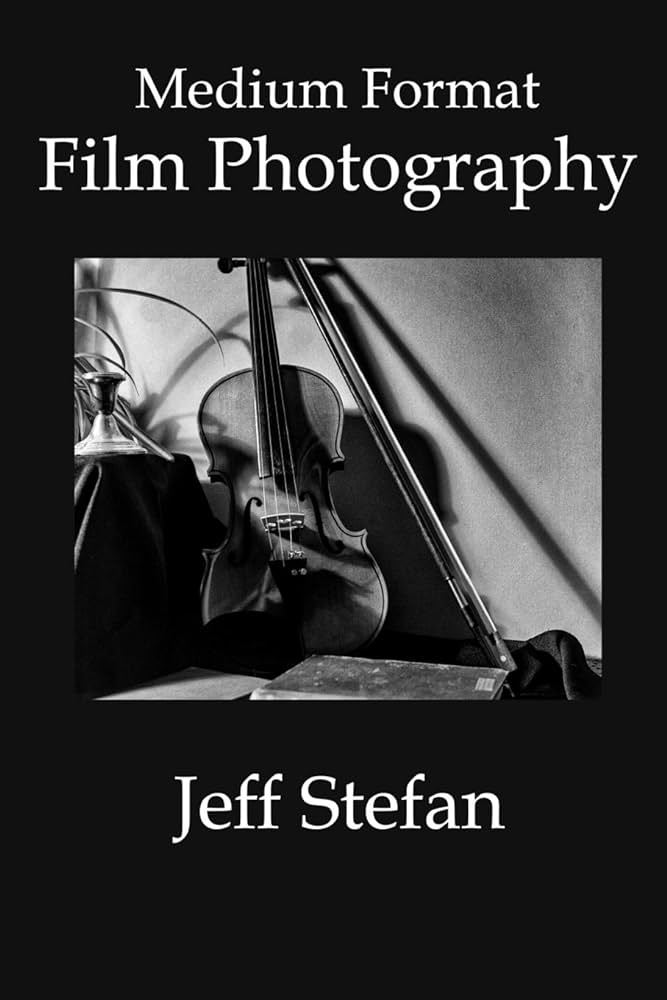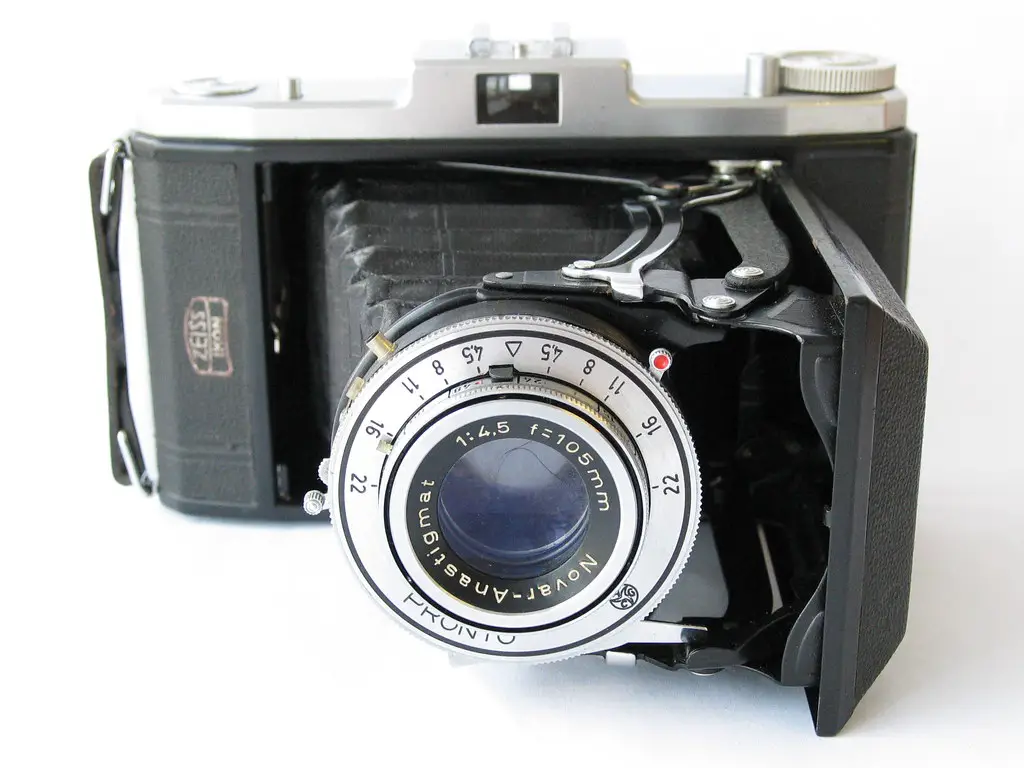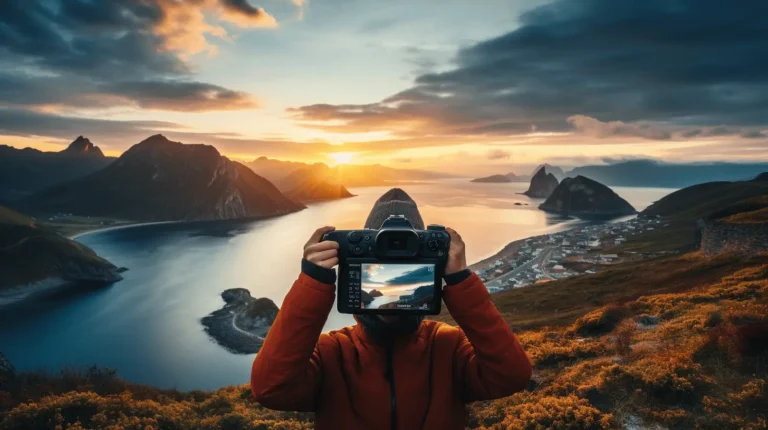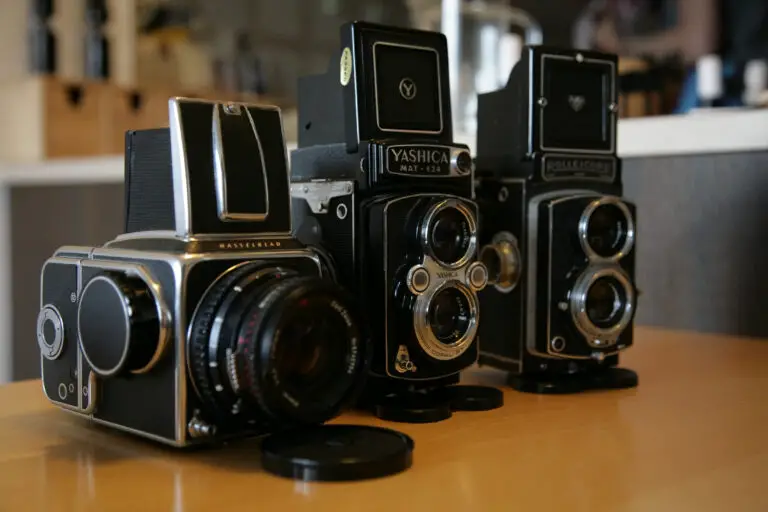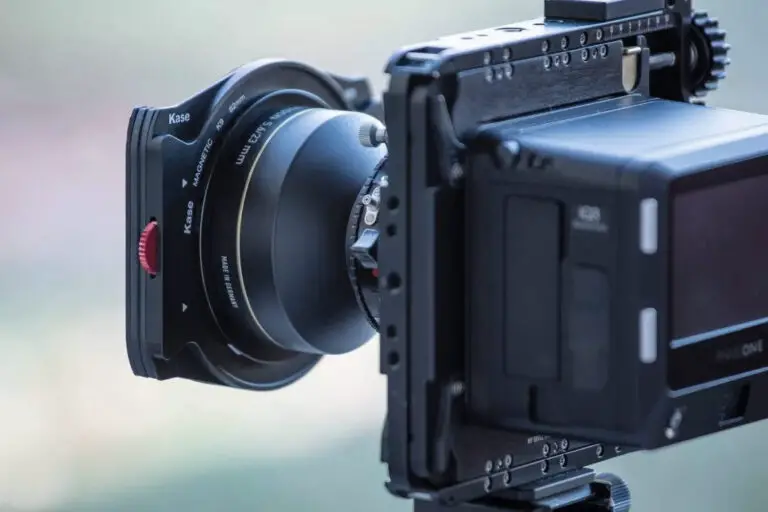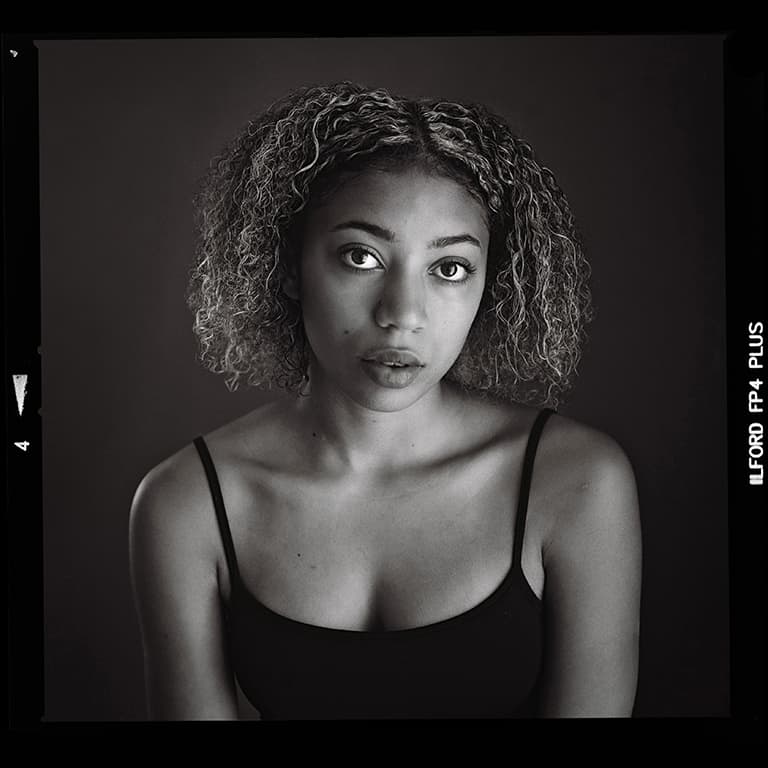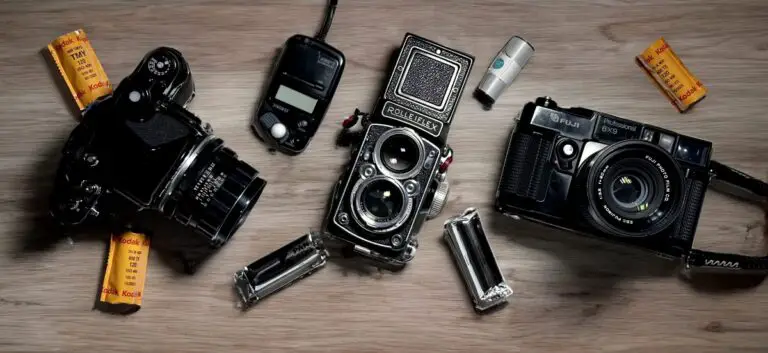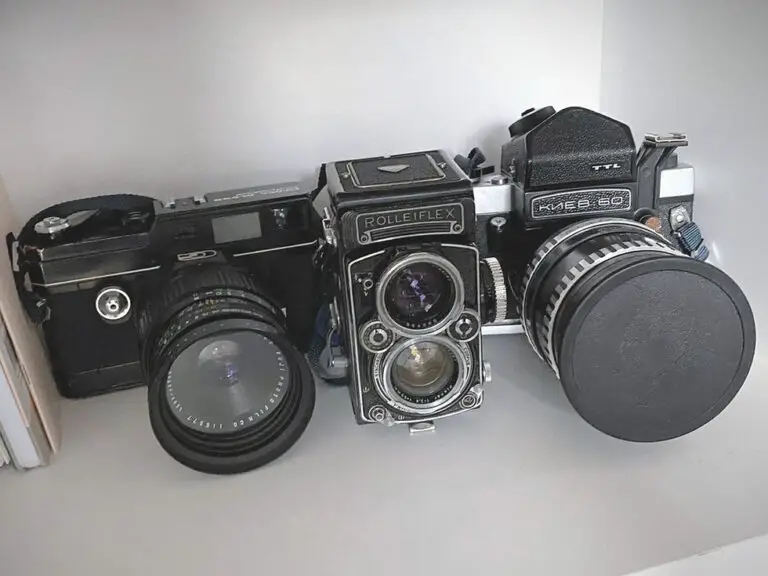Exploring Medium Format Film Photography: Rediscovering Analog Beauty
In an era where digital cameras and smartphones have almost entirely supplanted the use of film, there is a charming revival of medium format photography – a testament to the enduring allure of analog. For photography enthusiasts, the draw of medium format film is not just a renaissance of old technology but a rediscovery of an art form that promises unparalleled image quality and distinct characteristics that are hard to replicate in the digital world.
Photography is not just about capturing moments; it’s about the journeys photographers undertake to create an image that resonates. This post is an excursion into the fascinating world of medium format film photography, examining its rich history, the unique advantages it offers, and the poignant experience of engaging with photography through film in today’s digital-leaning climate.
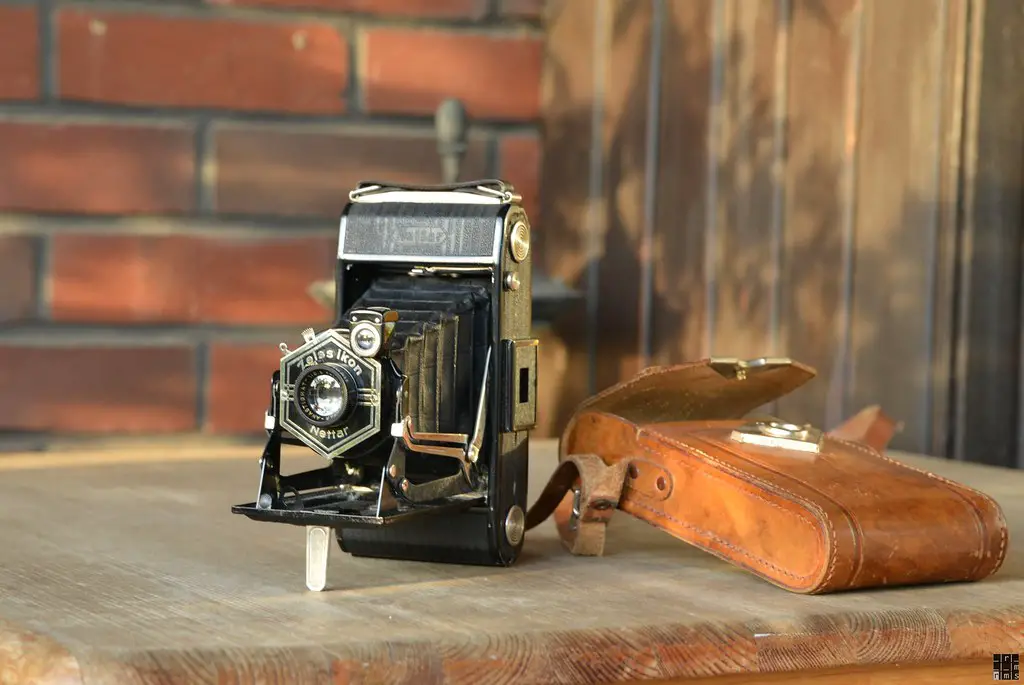
The Resurgence of Medium Format Film Photography
The resurgence of medium format film photography can be seen as a movement back to the roots of visual artistry. Analog photography, with its temporality and careful consideration for each frame, stands in stark contrast to the instant, often gratuitous, nature of digital photography. For many, medium format film photography represents a more authentic, tactile, and considered form of image making.
The Appeal Echoes in the Shutter
The sound of a medium format camera shutter is more than just a mechanical noise; it is a statement, echoing the traditions of heroes in the photography world. This allure isn’t merely for nostalgia; it’s a genuine appreciation for craftsmanship, a tangible link to the past when the act of taking a picture was a deliberate and often ceremonious process.
Peer to Pixel
While digital photography enables millions to join the ranks of amateur photographers, medium format film challenges enthusiasts to be more invested in the craft. Each roll of film contains a limited number of exposures, a constraint that fosters a different mindset towards photography — one that considers quality over quantity.
History of Medium Format Film Photography
To understand medium format photography is to trace its lineage back to the invention of the camera. Medium format film, also known as 120 or 220 film, has a storied history in the world of photography and has been a standard for many portrait and landscape photographers.
The Evolution
Medium format film, first introduced in the late 19th century, quickly became the preferred format for professional and keen amateur photographers. The larger size of the film facilitated the capture of greater detail and a higher resolution compared to smaller formats, making it the choice for many professionals.
A Pillar for Pioneers
Greats like Ansel Adams and Diane Arbus were among the many pioneers in the photographic world who relied on the precision and image quality provided by medium format film. Their works, which continue to inspire, are testaments to the power and potential that medium format photography offers.
Advantages of Medium Format Film
The allure of medium format film photography extends beyond sentimentality; it offers a tangible improvement in the quality of the images produced.
Image Quality
The sheer size of medium format film allows for an incredible level of detail and sharpness. The considerably larger negative or slide produces a finer grain structure, which in turn delivers a much larger and clearer image when enlarged.
Dynamic Range
One of the most significant advantages of medium format film is its ability to capture a wide dynamic range, giving photographers the latitude to record scenes in a way that is neither overexposed nor underexposed but rather precisely exposed.
Depth of Field
The physical size of medium format film also influences depth of field. With larger film sizes, photographers can achieve a shallower depth of field, creating beautifully blurred backgrounds that many associate with medium format photography.
Getting Started in Medium Format
For those looking to dip their toes into the waters of medium format photography, there are some essential steps to consider.
Equipment You’ll Need
Medium format film cameras come in a variety of styles, from classic twin-lens reflex (TLR) cameras to the sophisticated single-lens reflex (SLR) models. Regardless of style, they all share the fundamental characteristic — a larger frame that captures images in stunning detail.
Mastering the Craft
Shooting with medium format film requires a slow, methodical approach. Each frame is a deliberate composition that necessitates precision. Familiarize yourself with the mechanics of your camera, and practice shooting with an eye for detail and composition.
Rediscovering Analog Beauty
The resurgence of medium format film is not just about dynamic ranges and technical details; it’s a rediscovery of the unique aesthetics that film can offer.
Nostalgia in the Grain
Film grain, often seen as a flaw, has a unique visual language that is both nostalgic and artistic. The imperfections in grain add character and warmth to images, a quality that many photographers find missing in the ‘sterile’ images produced by digital sensors.
The Artistry of Waiting
The delayed gratification of film photography is in itself a form of artistry. The moments spent waiting to develop and see the results of a shoot create a sense of anticipation and surprise, adding an element of mystery to the creative process.
Impact on Photography Enthusiasts
Engaging with medium format film can have a profound impact on photography enthusiasts. From personal growth to community engagement, the experience is often transformational.
Personal Experiences
Many photographers find that medium format film forces them to slow down and really think about the images they are creating. This mindfulness can lead to a deeper appreciation for the craft and a personal satisfaction that is hard to come by in the immediacy of the digital age.
Building a Community
The resurgence of medium format film has also led to a vibrant and supportive community of enthusiasts. Whether it’s through social media, local photography clubs, or dedicated forums, engaging with the medium format film community offers both inspiration and shared learning.
Artistic Growth
Transitioning to medium format film can be a catalyst for artistic growth. The constraints and unique characteristics of film can spark new creative approaches and push photographers to new levels of expression and artistry.
Conclusion
The growing interest in medium format film photography is a celebration of photography’s past and a testament to its future. In a world where speed often trumps intention, engaging with the slow and considered process of film photography can offer tremendous rewards. Whether you’re a seasoned pro in the digital game or a complete novice, exploring medium format film is an invitation to see the world in a new, rich, and detailed light. It’s a call to slow down, create with purpose, and rediscover the analog beauty that still has so much to offer in our digital age.
